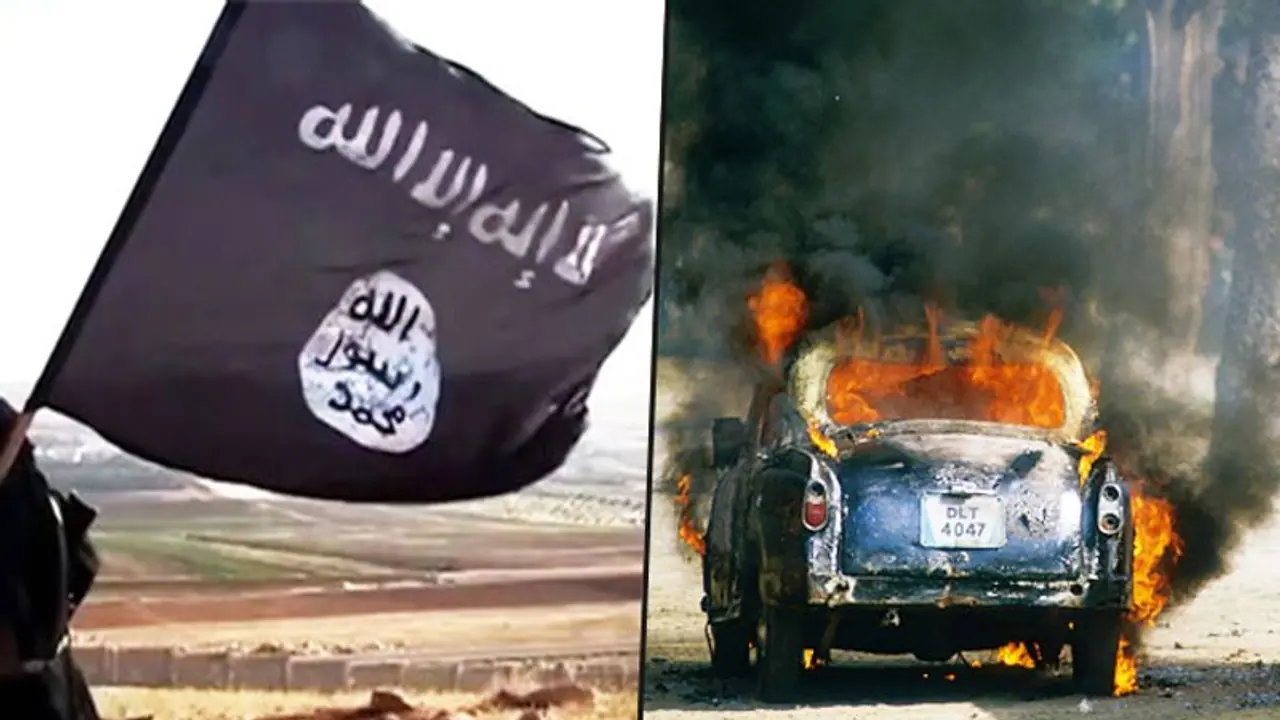The ISIS has been taking advantage of the situation in Delhi. The recent busting of a module in Jafrabad supports this claim
Bengaluru: In the month of December 2019, the National Investigation Agency carried out a spate of arrests in northeast Delhi’s Jafrabad. The NIA, which busted the Islamic State module said that they were not just making bombs. They were making a large number of bombs, the agency stated.
It is ironic to note that this module was operating in Jafrabad, the same area that was hit by severe violence last week in which over 40 persons died. A day ago, the Islamic State's Telegram group Al Talaal Media sent a message calling on the Indian Muslims to crush the Modi government.
Also read: Anti-CAA protests – The handiwork of Islamic State to ‘overthrow Modi’
The Jafrabad ISIS module:
The National Investigation Agency arrested 10 persons in connection with this case. Out of these, 3 members are from the Jafrabad area. They are Anas Yunus, a civil engineering student, Zubair Malik, a BA student and Rashid Zafar Raq, a garment shop owner.
Yunus was tasked with procuring electronic items and batteries for the bombs. Malik and Raq have been accused of providing logistics and aiding the module to further its terror activities. The others to be arrested also included an Imam of the Jama Masjid, Baskar in Uttar Pradesh. The Imam has been accused of helping the mastermind Mufti Mohammad Suhail in putting together this ISIS inspired module.
The Bangladeshi connect:
Intelligence Bureau officials tell MyNation that they are looking into whether there was a Bangladeshi link to the killing of IB officer Ankit Sharma during the riots. Several leaders have said in the aftermath of the killing that Ankit was targeted as he was probing the Bangladeshi links.
In the various other protests, it has been found that the Islamic radicals had mobilised a large number of illegal immigrants from Bangladesh to be part of the violence. Some were paid off to be part of the protest, while others were part of the violence out of their own will. Delhi SIT officials say that they had identified over 15 illegal immigrants from Bangladesh, who were part of the violence in Seelampur. The protests were meant to be peaceful at Seelampur, but a large number of Bangladeshis indulged in stone pelting and arson, thus turning the protest violent in nature.
Areas to watch out for:
The intelligence agencies have been watching several areas very closely in the wake of these protests and riots. Jafrabad, Wazirabad, Amroha, Saidapur and Hapur are some of the areas that are under close scrutiny. The IB says that over the past few months extensive ISIS related activity has been reported from these areas. Several modules have been busted and we are now sure that these ISIS elements have successfully infiltrated the protests.
They are not just adding fuel to the fire, but have been scouting for recruits. They will look to recruit both men and women, the IB officer noted. Already images of the violence have been circulated on pro-ISIS handles and this clearly aimed at brainwashing and recruiting Indian Muslims. The Intelligence had in fact warned in December itself that areas such as Shaheen Bagh have been used by head hunters of terrorist organisations.
Nationalism is poison:
The latest message by the ISIS, where it says nationalism is poison is a clear call to shun the Indian government, the Constitution and push for the imposition of Sharia law. The ISIS handle further called on the Indian Muslims to crush the Modi government and join the Islamic State. Indian Muslims are being misguided in the name of nationalism. Nationalism is poison, the article further read.
The ISIS has capitalised very well in the name of these protests. Not only has it been setting up modules in Muslim dominated areas, but also has been in overdrive mode when it comes to recruitment and brainwashing the Muslim youth. The ISIS would look to continue fanning sentiments and violence and use this as a recruitment tool. Officials explain that the outfit wants the Indian Muslims to believe that their only hope lies in the Islamic State.
